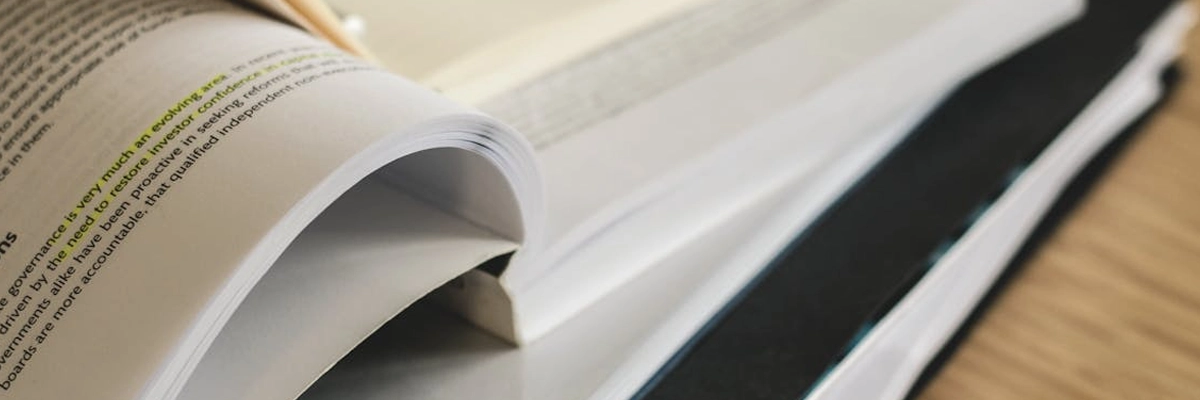
Choosing Textbooks for First-Year Students
Becoming a first-year university student involves a series of new, confusing, and often expensive decisions. None is more immediate or frustrating than your first trip to the campus bookstore.
You are handed a list of required texts for your five new classes, and the total at the bottom of the receipt could easily fund a short vacation.
Here is the secret they don’t tell you: Choosing textbooks is not just buying books. It is your first academic and financial investment. It is a strategy.
Most first-year students waste hundreds of dollars because they treat this process like a shopping list. They see a book, they buy it. This is a mistake. The publishing industry is a machine designed to extract maximum money from you for a product you are forced to buy.
This guide is not a list of “tips.” It is a strategic, 5-step system for analyzing your needs, identifying the traps, and acquiring your materials with the least possible cost to your wallet and your grades.
The “Reconnaissance” (How to Read Your Syllabus)
Your syllabus (the course outline) is not just a schedule. It is an intelligence document. Before you spend a single dollar, you must dissect it. Your professor has left crucial clues that you must find.
The first and most important is the distinction between “required” and “recommended” texts. “Required” means the professor will test you on material from this book. You must have access to it. “Recommended” or “Suggested” is often code for, “This is a good book, but I will not be pulling exam questions from it.” This is your first and biggest opportunity to save money.
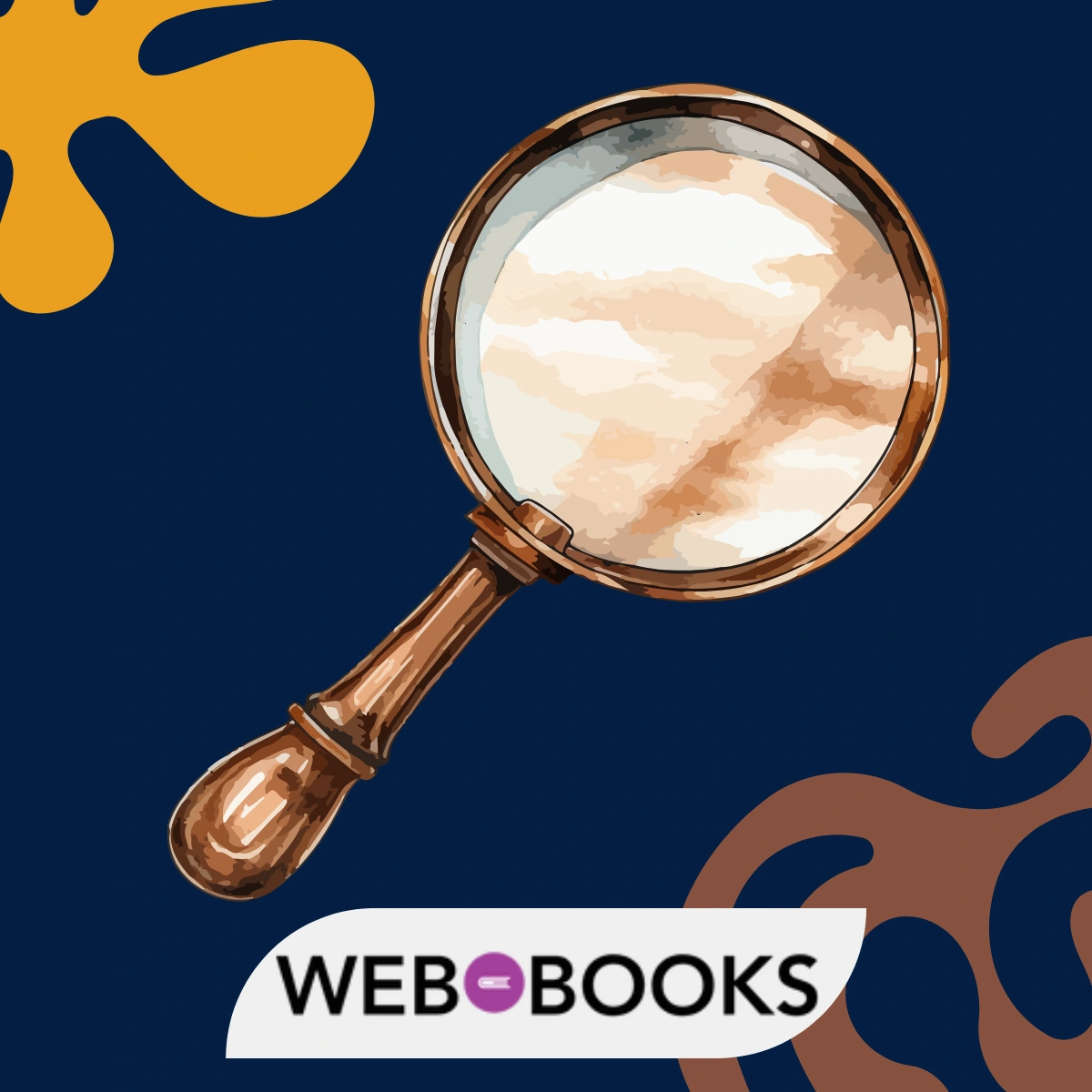
Next, scan the syllabus for the specific phrase “access code” or “online pass.” This signals a hidden, one-time-use cost. We will discuss this “trap” in Step 4, but for now, you just need to identify if you need one. Finally, check the edition number. Is it the newest? Often, the 8th Edition is 95% identical to the 9th, but costs 10% of the price. A quick email to the professor (or TA) asking, “Is the previous edition acceptable?” can save you $100.
The “Triage” (How to Prioritize Your List)
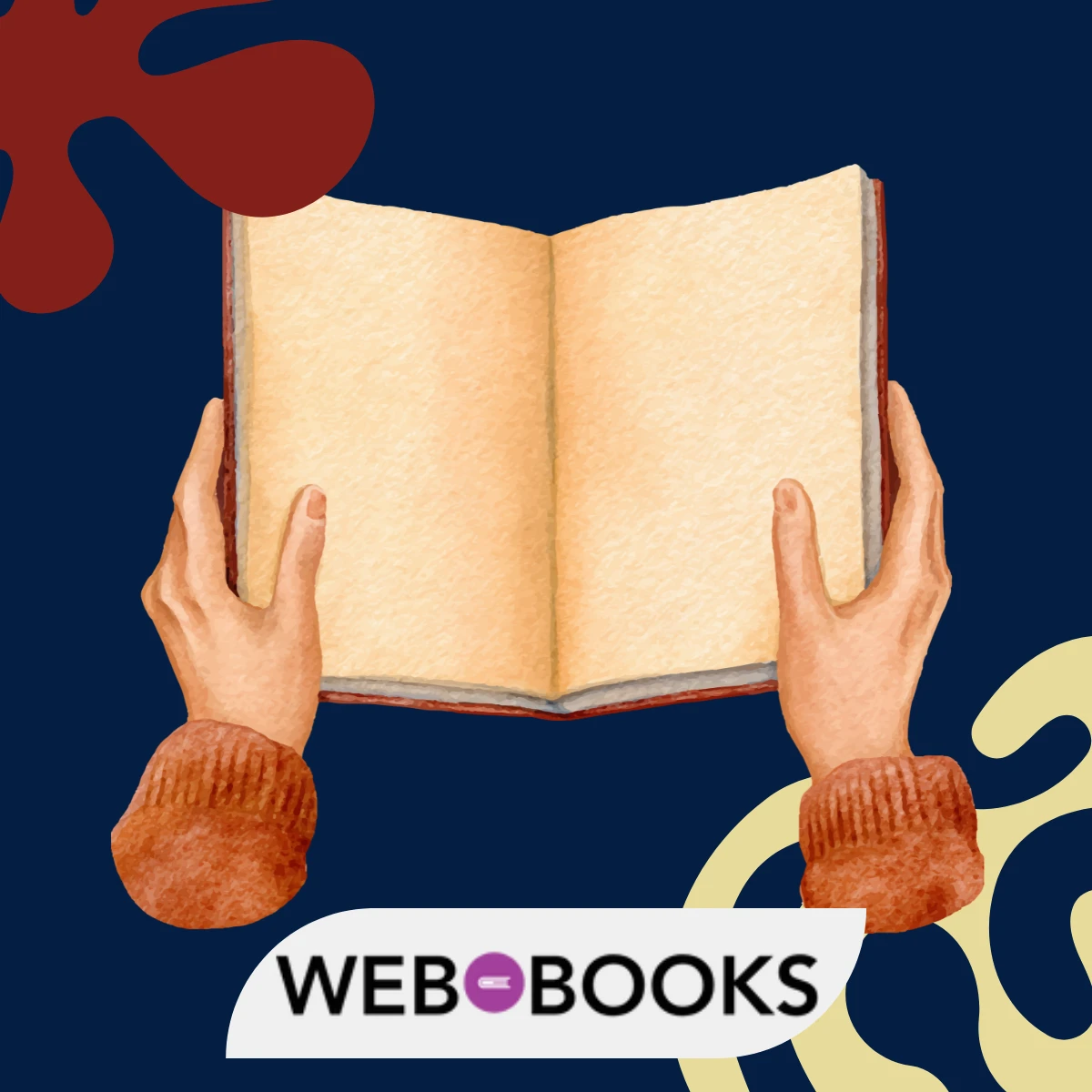
Now you have your list. Do not treat all “required” books the same. This is where you apply your personal strategy, based on your major (faculty) and your interests.
Not all books are created equal. You must sort your list into two strategic piles: “core investments” and “one-time use” items.
A “core investment” is a book for your major. If you are a Biology major taking “Biology 101,” that textbook is a foundational text you will likely reference for the next four years. For these books, it is worth investing. This is the only book on your list you should consider buying new (especially if it has an access code) or buying used. You want to own this book. You want to write in it, highlight it, and keep it on your shelf.
On the other hand, that same Biology major taking a required “Art History 101” elective is looking at a “one-time use” item. You will (most likely) never open that 10-pound, $200 art book again after your final exam. Your goal for this book is to spend the absolute minimum amount of money, or zero. This is the perfect book for renting. Or, even better, this is a job for the university library. Most libraries keep “reserve” copies of major textbooks for students to use (for a few hours at a time) inside the library. Buying this book is a financial error.
The “Options” (Analyzing Formats and Risk)
You have your “Triage List.” You know which books to own and which to just access. Now you must choose your format, and each option on the spectrum has a clear risk/reward profile.
Buying new is the most expensive and financially questionable option. It is pristine, it is the correct edition, but its value will drop by 70% the second you open it. Its only real advantage is that it guarantees you a working access code.
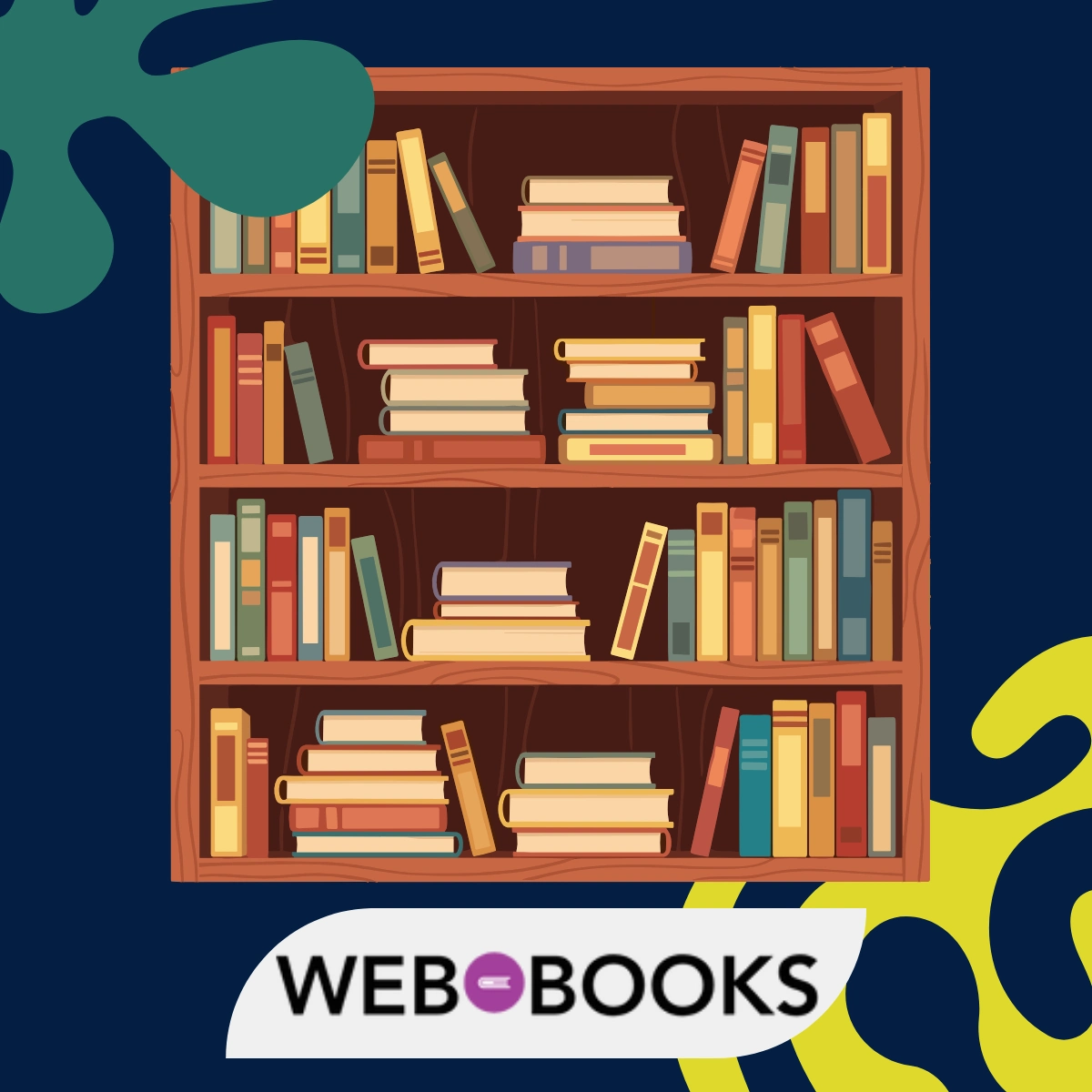
Buying used is the “gold standard” for your “core investment” books. You get the exact same information for a fraction of the price. You can write in it and, critically, you can sell it again, recouping more of your cost. The only risk is to verify the Edition Number (ISBN) is correct and to assume it will not have a working access code.
Renting, either physically or digitally, is often the best choice for your “one-TAMe use” electives. It’s significantly cheaper than buying used, and you just send it back at the end of the semester. The cons are that you cannot keep it, and the late fees are enormous.
Digital e-books are a test of your own personality. They are cheap, instantly accessible, and searchable, which is a huge advantage for “open book” exams. But you must ask yourself: Can I really study from a screen? Research in cognitive psychology suggests students have lower comprehension and retention from screens versus print. And, most importantly, you cannot sell it back. An e-book has a resale value of $0.00.
Finally, the library reserve copy is the “zero-cost” option. It is inconvenient. You can’t take the book home. But it is, and always will be, completely free.
“The Trap” (The Access Code Problem)
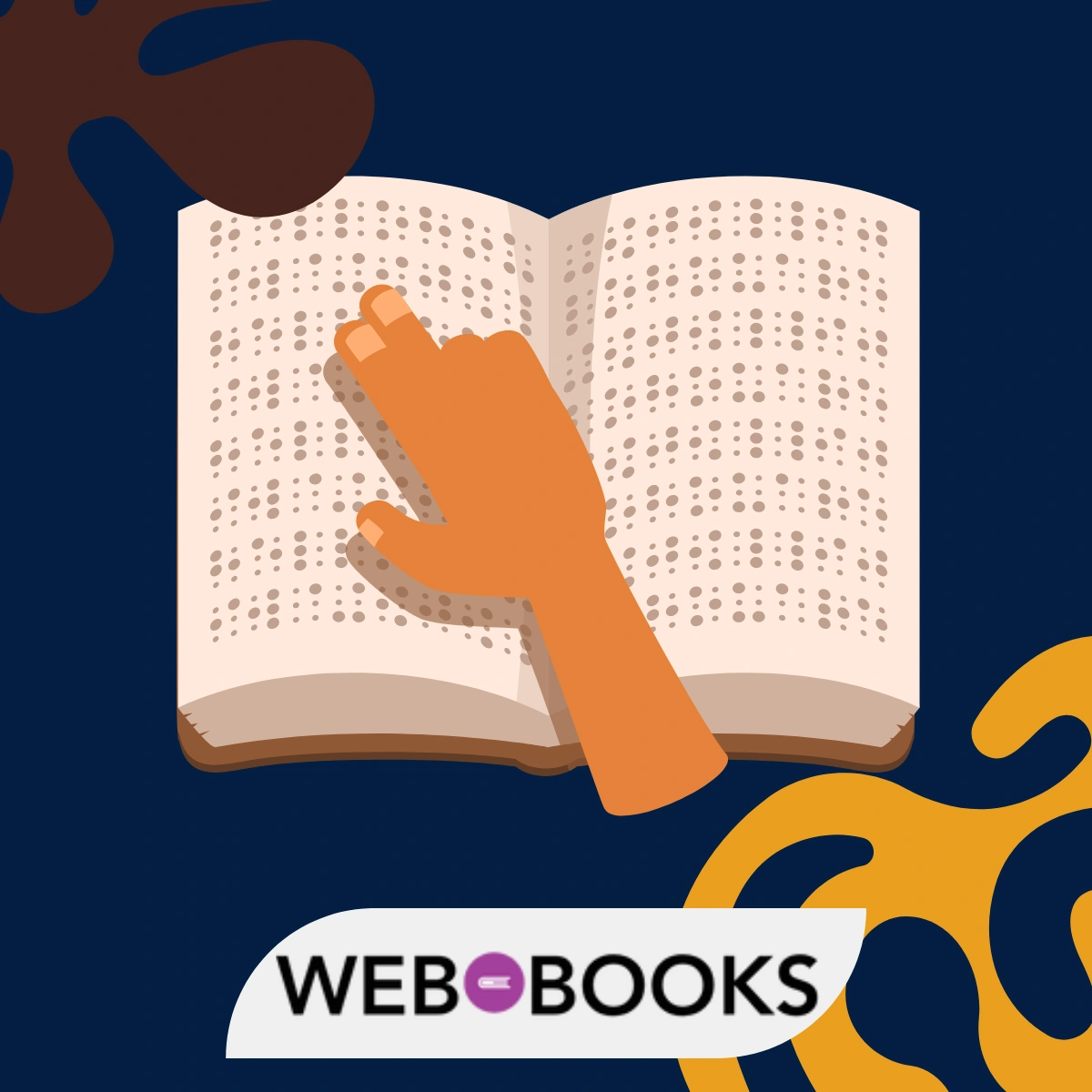
We must dedicate a special section to the most cynical part of the textbook industry: The Access Code.
This is the 12-digit code on a piece of cardboard, hidden inside the wrapping of a new textbook. This code is required to access the publisher’s website, where your professor posts required homework, quizzes, and labs.
Let’s be clear: this is a weapon. The publishing industry created the access code for one reason: to kill the used book market.
The code is a one-time-use item. Once it is redeemed, it is worthless. This means that a “used” copy of the textbook is useless for the class, because the student cannot do the required homework. This is the “trap” for first-year students. If your syllabus (Step 1) requires an access code, you have no financial leverage. You must buy the new book (which includes the code), or buy the code separately from the publisher’s website, which is often almost as expensive as the book itself. Identify this trap early.
“The Use” (How to Read a Textbook)
You have your books. Now you have to read them.
Do not read a textbook like a novel. You do not read it from page 1 to page 50. That is a waste of time. A textbook is not a “story”; it is a “database.”
You are not a “reader”; you are a “miner.” Your job is to extract the information as efficiently as possible.
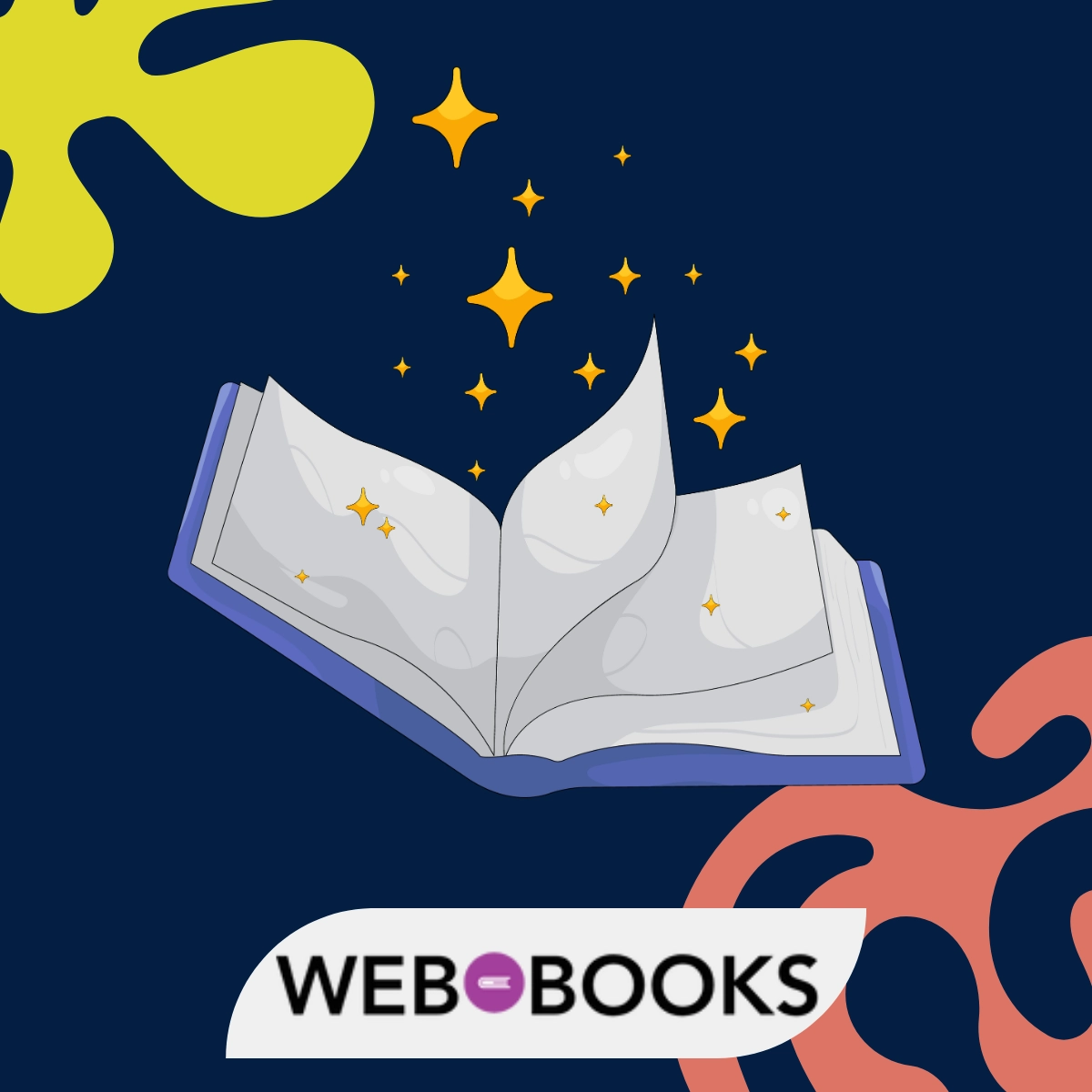
The proven method for how to read academic literature is counter-intuitive. Do not read the chapter from the beginning. Go to the end of the chapter first. Read the “Chapter Summary” and all the “Review Questions.” This is the “cheat sheet.” The author is telling you exactly what they think is important.
After that, go back to the beginning of the chapter and read only the headings and subheadings. This builds the “skeleton” of the argument in your mind.
Finally, now you can “read” the chapter. But you are not reading. You are hunting. You are scanning the text for the answers to the questions you found at the end. This turns reading from a passive chore into an active game of “find the answer,” which is a far more effective way to learn.
The Tool and the Goal
A textbook is a tool. It is not a sacred object.
Your goal as a first-year student is not to “read all the books.” Your goal is to pass your classes and learn the material. This 5-step strategy Reconnaissance, Triage, Options, The Trap, and Use is a system for doing just that.
It is a system for treating college textbooks as what they are: instruments for you to use, not products for publishers to sell you. Use them wisely, spend your money strategically, and remember: the book is just the tool. The learning is the real goal.
Recommended for you

How Fiction Can Support Learning and Imagination
For centuries, a persistent myth has haunted our perception of reading. It is the myth of the “serious” versus the “frivolous.” In this binary, non-fiction is the “serious” stuff. It is the realm of facts, history, science, and learning. Fiction, on the other hand, is cast as the “frivolous” sibling. It is entertainment. It is […]

Sci-Fi vs Fantasy: Key Differences and What to Read
On the surface, the difference seems simple. One genre has spaceships and aliens. The other has dragons and elves. Science Fiction, we are told, is about the future, and Fantasy is about the past. This is a shallow analysis. And it is wrong. This “aesthetic” definition one of props and settings collapses immediately under any […]

Philosophy Books That Change Worldviews
Some books are entertainment. Some are information. A very small few are dynamite. They don’t just add to what you know; they change how you know it. They are philosophy books that change worldviews by locating the hidden assumptions you live your life by the very foundations of your “common sense” and putting a metaphorical […]

Books Every Student Should Read Before University
University is not just the next step after school. It is a fundamentally different kind of intellectual environment. High school often rewards memorization and acceptance of authority. University, at its best, rewards questioning. It is not just about learning what to think; it is about learning how to think. It is about engaging with complex, […]

What Is Close Reading and Why It Matters in Modern Education
We are drowning in words. We read more today than at any other point in human history. We scroll through articles. We skim headlines. We digest hot takes, social media posts, and endless comment threads. Our brains, rewired by the digital age, have become incredibly efficient at one specific skill. Skimming. We have trained ourselves […]

What Hobby to Start: Finding Joy in Your Free Time
You don’t need a makeover to feel more alive—you need a habit you look forward to. Two hours a week sketching city corners, a dawn loop around the park, or a Sunday bake that feeds three lunches can shift your mood, your energy, and your calendar. The question behind “What Hobby to Start: Finding Joy […]

What Age Do Kids Start Reading and How to Support Their Learning
There is one question that lives in the back of nearly every new parent’s mind, a question often loaded with anxiety: “What age do kids start reading?” We see other children in preschool who can already identify words. We hear conflicting advice. We are programmed to look for a single, specific milestone age 5, age […]

How to Publish a Book: A Step-by-Step Guide for New Authors
For every new author, the dream is the same. It is the moment of holding a finished, physical book in your hands. It is the smell of the paper, the weight of the object, the sight of your name on the cover. It is a dream of validation and completion. But between the final period […]